To Celebrate the Lunar New Year, Chinese Blacksmiths Turn Molten Metal Into Fireworks
Dubbed the “poor man’s fireworks,” the spectacular pyrotechnic display is a 500-year ritual in Nuanquan, China
It is 5 degrees Fahrenheit in Nuanquan, China, and a blacksmith dressed in a wide-brimmed straw hat and sheepskin vest hurls ladle after ladle of molten iron at a massive, icy wall. The collision between the 2,900-degree Fahrenheit liquid metal and the frozen brick creates a waterfall of sparks cascading over him, equally beautiful and dangerous.
This performance is a 500-year-old tradition in Nuanquan known as Da Shuhua, which translates literally to “beating down the tree flowers,” a name borne from the agricultural practice of hitting fruit trees to stimulate growth. The fireworks resemble falling blossoms.
If you drive east from Beijing, you can reach the town of Nuanquan in just under three and a half hours. Located in Yu County, in the northwestern Hebei province of China, Nuanquan has a population of less than 20,000—a stark contrast to Beijing’s 21.7 million residents. But when the sun sets on the fifteenth day of the Lunar New Year celebrations, hundreds brave the freezing February temperatures to see the town’s unusual pyrotechnic display, part of the annual Yu County Lantern Festival.
Chinese culture has celebrated the Lunar New Year for over 3,800 years. Traditional rituals, like dining on dumplings and fish, wearing red and setting off fireworks, are intended to ensure a lucky year. The association between fireworks and luck is derived from the myth of the monster Nian, in which an elderly beggar scared away a fearsome beast by throwing bamboo sticks onto a fire.
The original firecrackers, which first emerged in China in 200 B.C., were similar to those mentioned in Nian mythology—though less ostentatious than contemporary fireworks, when exposed to extreme heat the expanding air trapped in bamboo causes the shoots to loudly burst. The pyrotechnic element came into play in 800 A.D., when Chinese alchemists in search of a formula for eternal life instead created gunpowder. When this substance was packed inside hollow bamboo stems or paper tubes and lit on fire, the explosions were louder and produced visible flames.
However, fireworks weren’t always widely affordable. In Nuanquan, Da Shuhua was developed as a way for the less wealthy residents to still celebrate with firework displays. A town with a highly developed steel industry, Nuanquan historically has been home to many blacksmiths. Throughout the year, local families would contribute scrap iron for these blacksmiths to melt down and fling at the town’s over a 30-foot-high replica of the city’s old gated wall to create their own “poor man’s fireworks” on the night of the Lantern Festival.
Today in China, the constraints on residents celebrating the New Year with pyrotechnics are environmental, not financial. Typically, residents of Beijing alone set off tens of thousands of fireworks as part of Lunar New Year celebrations, but last year there was none of the usual explosive cacophony—as of 2018, the Chinese government has issued bans on fireworks in 444 Chinese cities in an effort to reduce pollution. The explosion of fireworks releases PM2.5, or fine particulate matter with a diameter of less than 2.5 micrometers, into the air, causing the pollutant to reach dangerous levels of up to 650 micrograms per cubic meter—well over the limit of 500 on China’s air quality index.
Government officials adopted the ban just in time for last year’s Lunar New Year festivities, concerned about a connection between China’s affinity for pyrotechnics and the nation’s pervasive smog. These restrictions, along with concerns with safety and lack of space, have caused the popularity of traditional fireworks to wane among younger generations in China’s larger cities.
Meanwhile, Nuanquan’s Da Shuhua “fireworks,” happening on February 19, are more popular than ever—due to an influx of tourists clamoring to see the unique tradition, the town’s blacksmiths have upgraded their performances. While the performers still favor traditional sheepskin and cotton clothing rather than modern and arguably safer firefighting suits, Da Shuhua exhibitions now feature singers, dancers, and professional lighting and sound systems.
Though some tourists maintain that the traditional version is superior and worry Da Shuhua has fallen victim to commercialization, it’s undeniable that the blacksmiths’ blooms of radiant sparks are still the central spectacle.
Planning Your Next Trip?
Explore great travel deals
Smithsonian magazine participates in affiliate link advertising programs. If you purchase an item through these links, we receive a commission.
/https://tf-cmsv2-smithsonianmag-media.s3.amazonaws.com/accounts/headshot/AnnaWhite.jpg)

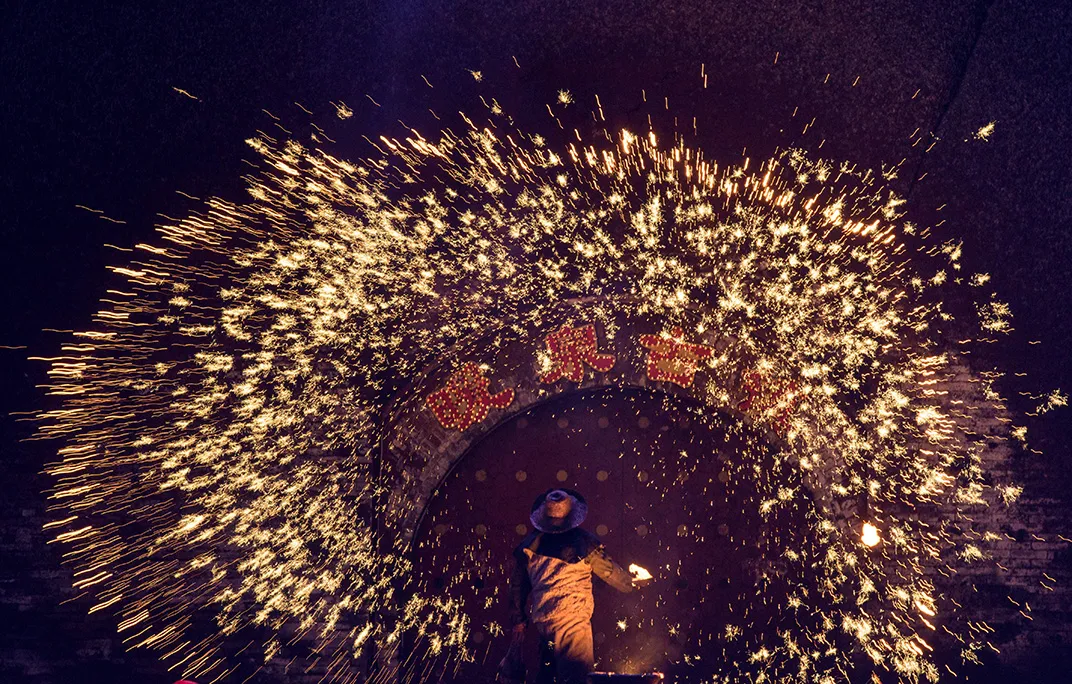
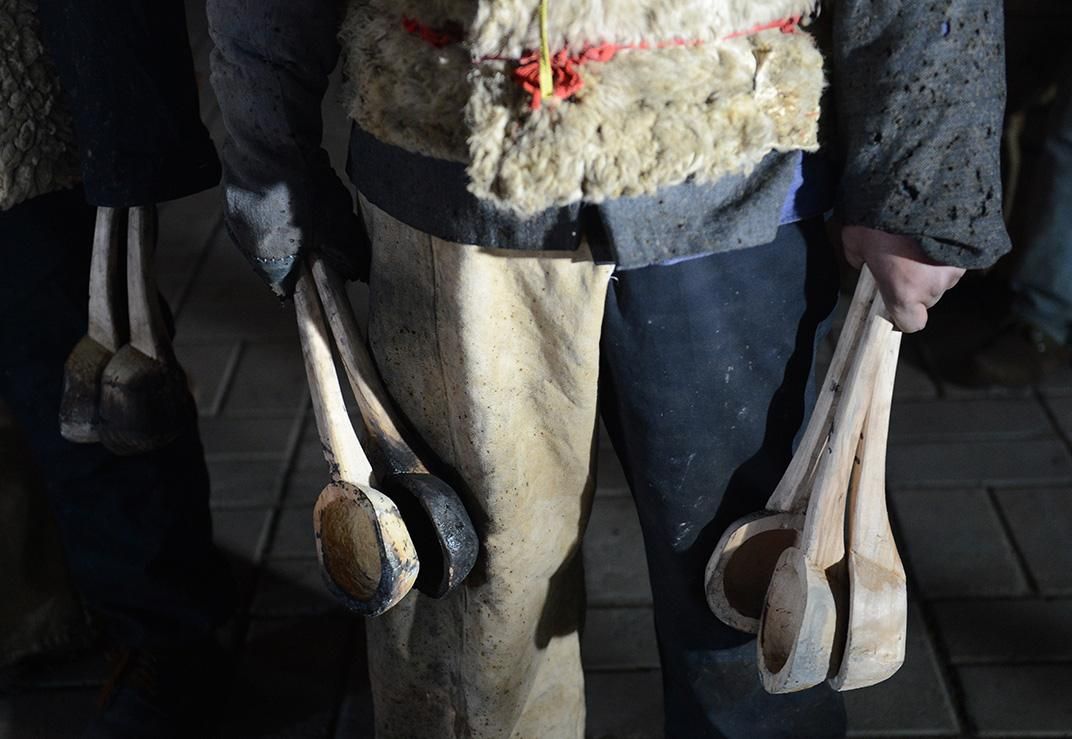
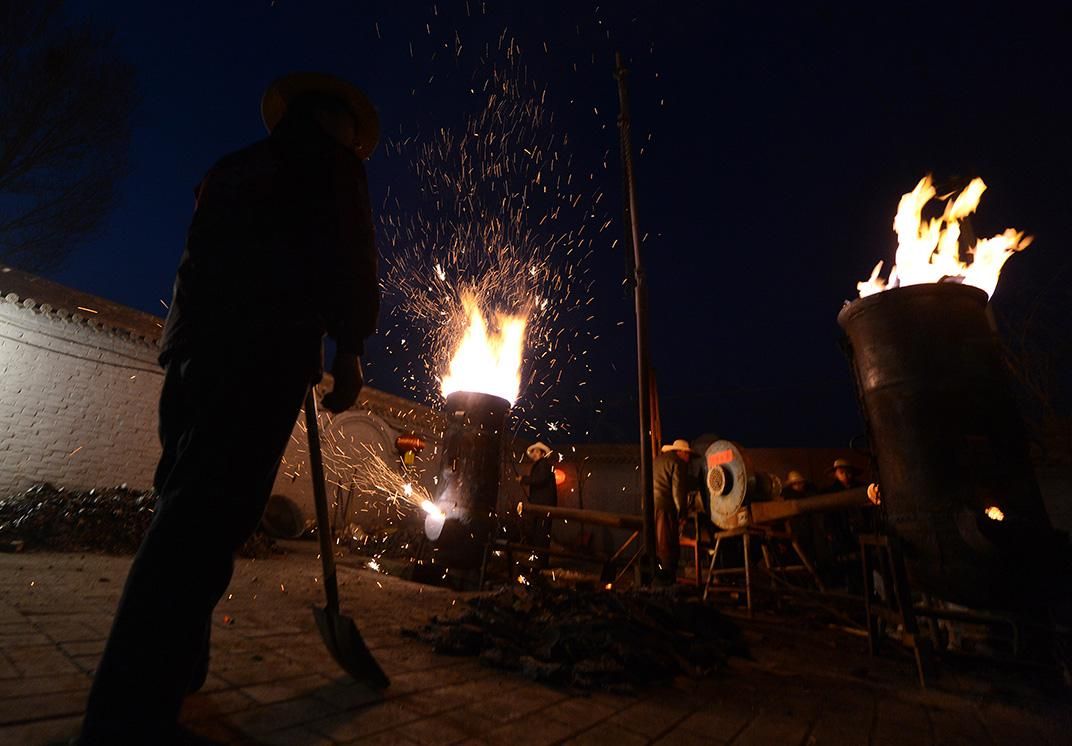
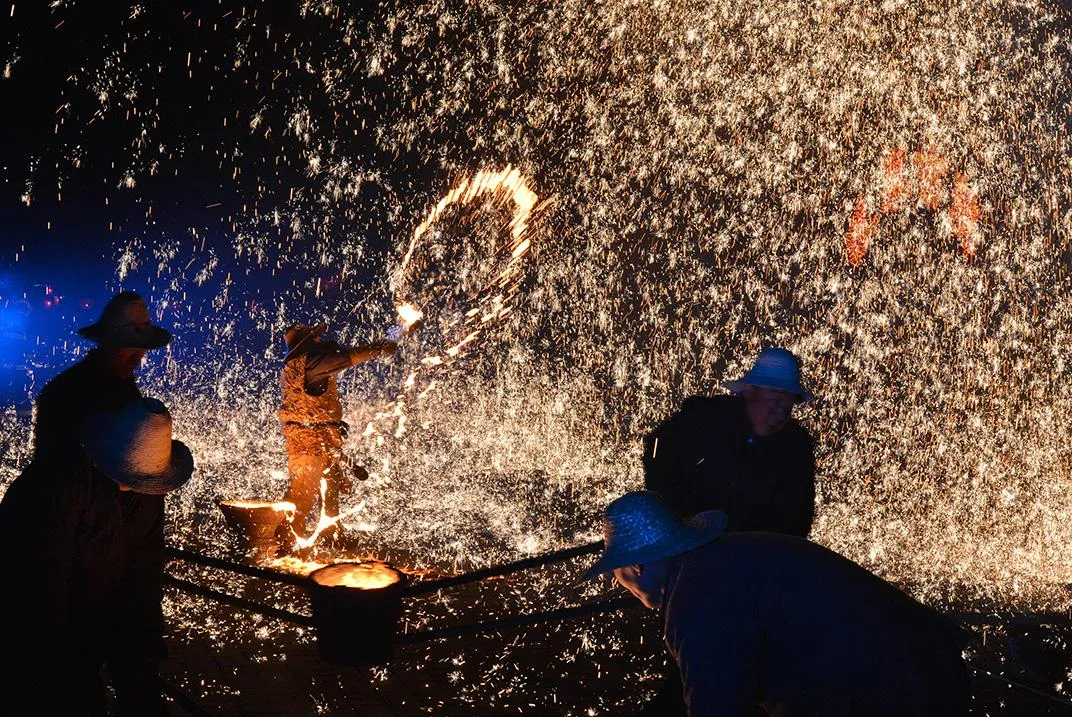
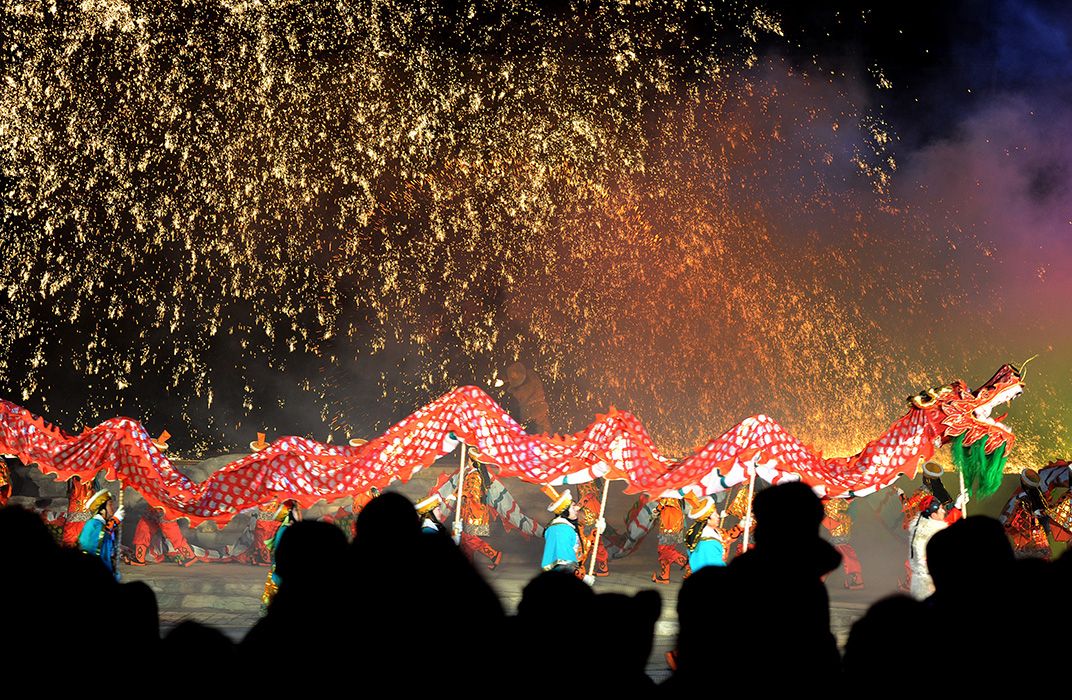
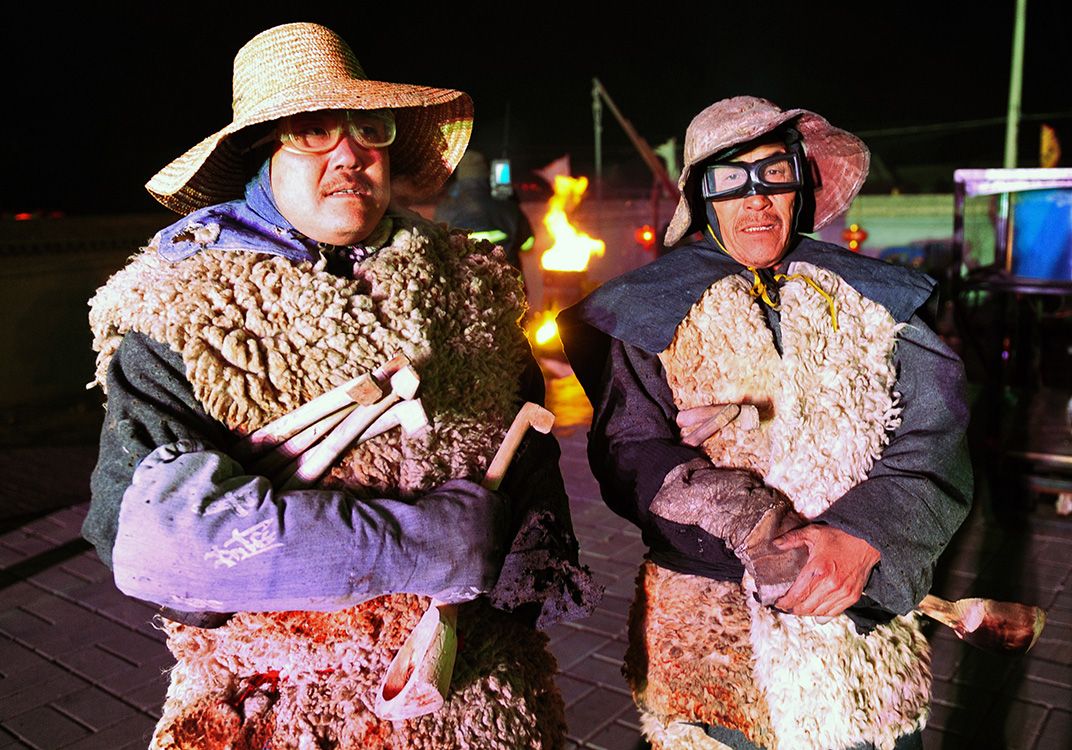
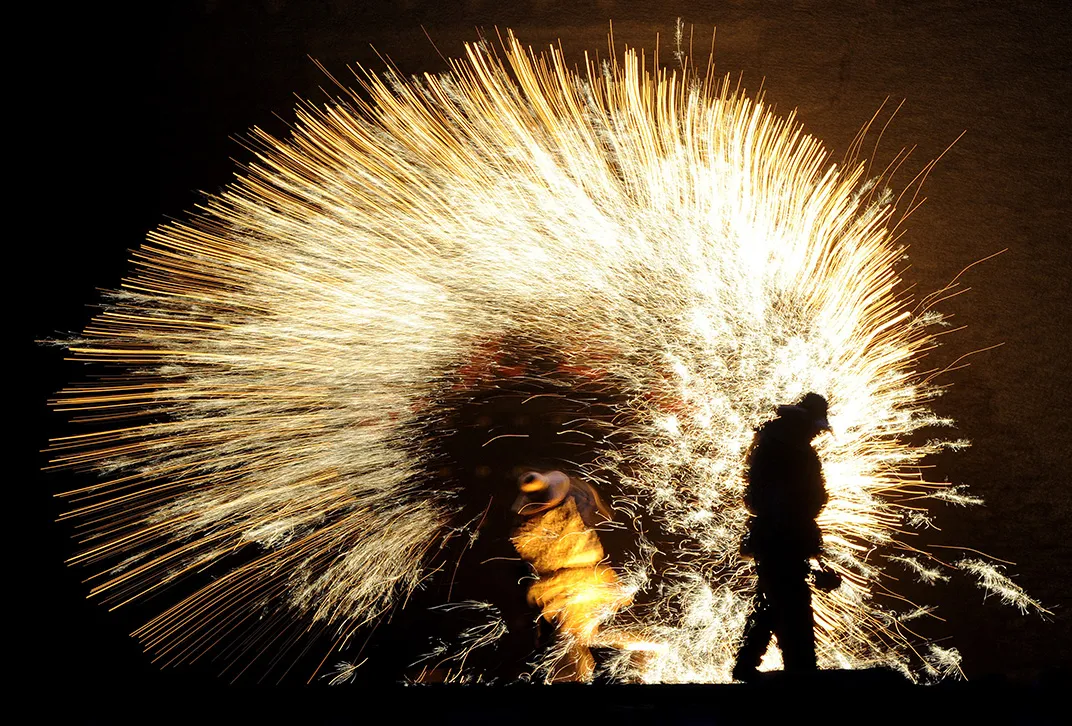
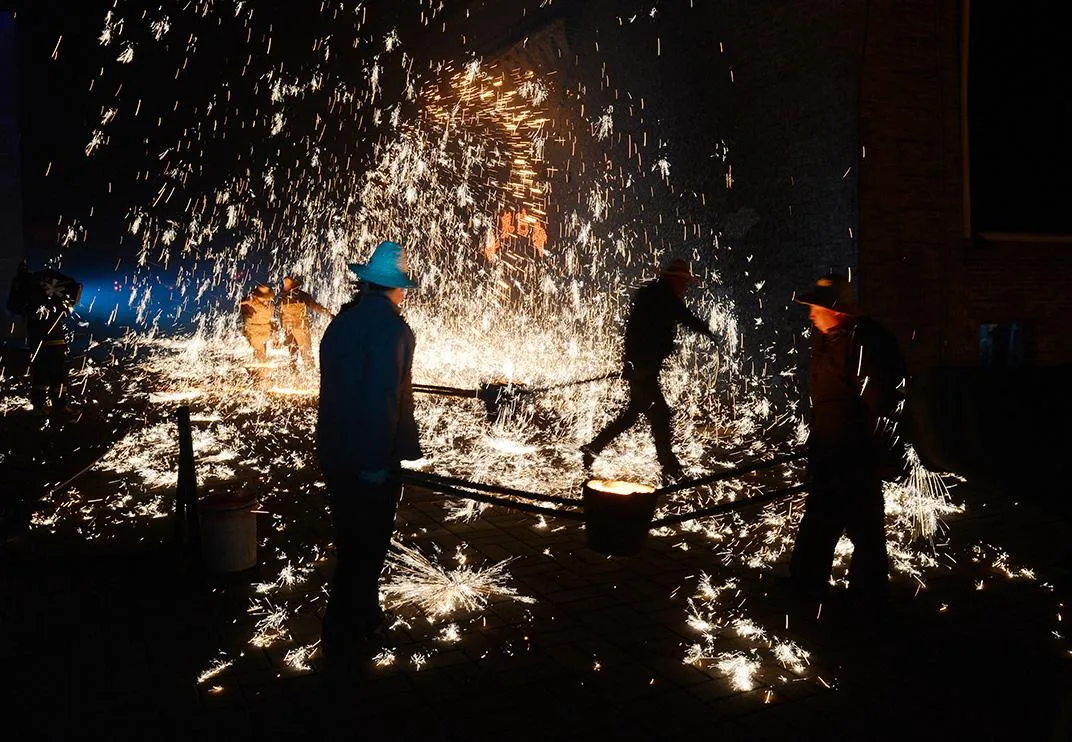
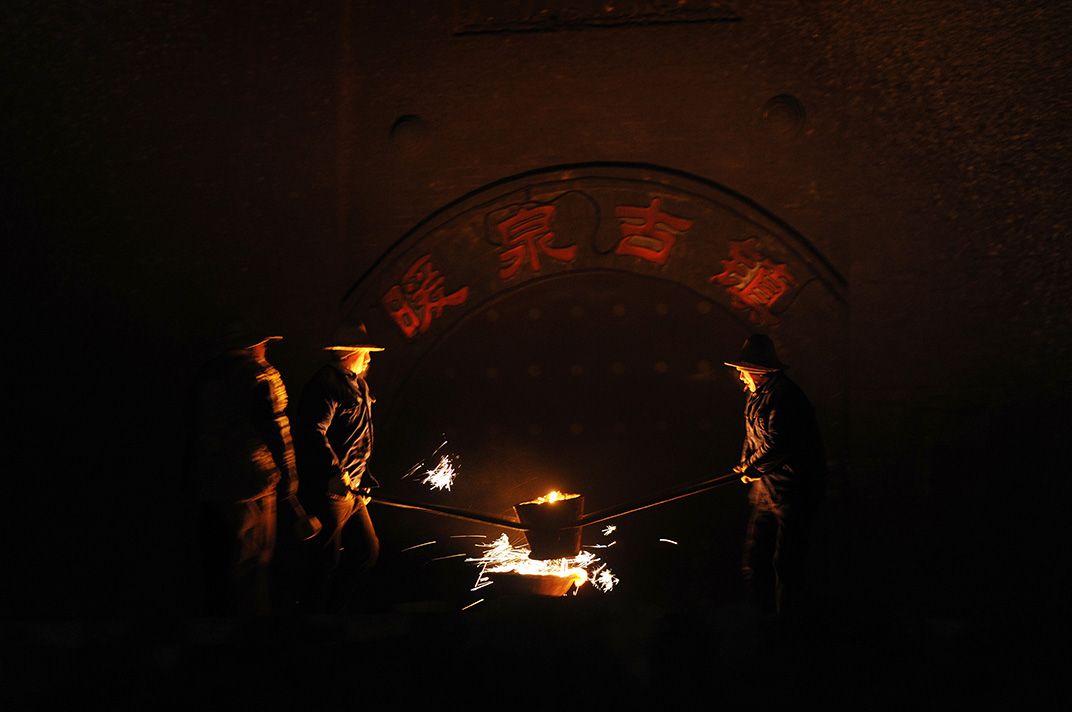
/https://tf-cmsv2-smithsonianmag-media.s3.amazonaws.com/accounts/headshot/AnnaWhite.jpg)